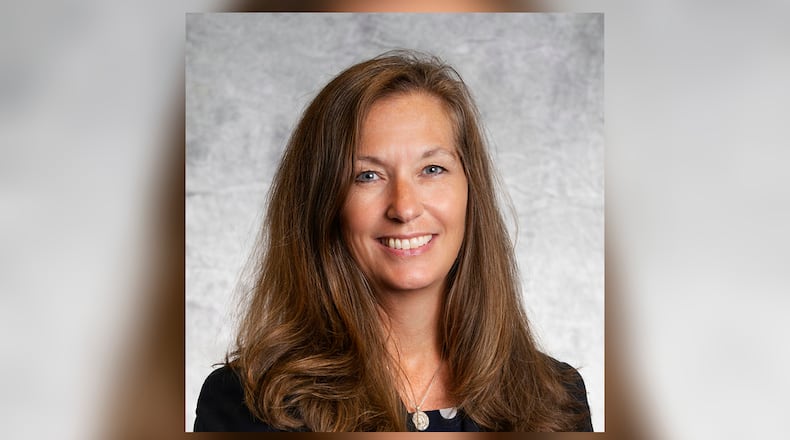There’s a lot of talk about AI “taking jobs.” The truth is more complex — and more hopeful. Across Ohio, companies are already using AI to make work safer, smarter, and more human. Manufacturers are using predictive analytics to reduce downtime and keep workers focused on higher-value tasks. Healthcare teams are using AI to speed up diagnostics and improve care. Even small businesses are finding ways to automate routine work so they can focus on customers and creativity.
These changes don’t erase the human role — they elevate it. AI gives us the tools to solve bigger problems, think more strategically, and create new kinds of value. It’s not about machines replacing people; it’s about empowering people with machines.
Preparing for the future of work means investing in people, not just technology. Our region’s educational institutions — from Sinclair Community College to Wright State University and the University of Dayton — are leading the way. They’re helping students and workers gain new skills in data analytics, automation, and cybersecurity.
But learning doesn’t stop at the classroom door. The future will demand lifelong learning — apprenticeships, certifications, mentoring, and community partnerships. Technology First sees this every day in the companies we work with: success comes from building a culture of learning and collaboration that keeps people growing as technology evolves.
For Dayton to thrive in the AI era, opportunity must reach everyone. Workers in manufacturing, IT, logistics, healthcare, and beyond all deserve access to training and tools that keep them relevant in a changing economy.
That’s where collaboration matters most. Business leaders, educators, and community organizations can work together to ensure innovation is inclusive — that no one gets left behind as industries evolve. Dayton’s strength has always come from its sense of community, and that spirit will be essential as we navigate what comes next.
AI also gives us the chance to rethink what work means. When technology handles the repetitive, time-consuming tasks, people can spend more time being creative, building relationships, and doing work that truly matters.
For Dayton — a city built on invention and human ingenuity — that’s a powerful opportunity. The Wright brothers didn’t invent flight because they wanted machines to replace people; they wanted to expand what people could do. AI gives us that same opportunity today.
The future of work is not something happening to us — it’s something we can shape, together. If we invest in our people, collaborate across sectors, and stay true to our shared values, AI can become a tool that lifts our entire community.
Dayton has always been a city of thinkers, makers, and doers. With curiosity, courage, and compassion, we can ensure this next era of innovation brings opportunity to all — just as flight once did.
Now is the time to get involved in the conversation. Join in and explore upcoming events at Technology First, or connect with other local organizations to continue learning about AI and its impact on the workforce. Together, we can shape a future that works for everyone.
Melissa Cutcher is executive director of Technology First, a Dayton-based IT industry association.
About the Author
